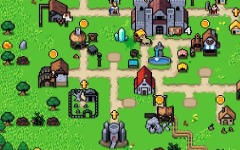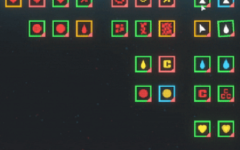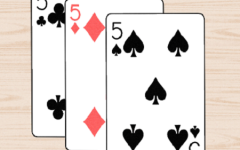Advertisement
John Conway’s Game of Life
Advertisement

John Conway’s Game of Life operates on a grid made up of square cells, each of which can be either active or inactive. The system evolves in discrete steps called generations. At each step, the status of every cell is determined by a fixed rule set that depends on the states of its eight neighbors. If a cell has exactly three active neighbors, it becomes active. If a cell is already active and has two or three active neighbors, it stays that way. In all other cases, the cell becomes or remains inactive. From these conditions, various behaviors can emerge without any external input after the initial state is set.
Behavior of Configurations Over Time
Different initial patterns on the grid lead to varying outcomes—some repeat the same structure every few generations, while others grow in complexity or vanish entirely. Certain shapes produce moving structures that traverse the grid in consistent directions, while others may generate smaller formations or collapse into inactivity. Though the rules never change, even slight adjustments to the starting layout can result in entirely new sequences. Observing how these systems develop over time reveals how order and unpredictability can exist within the same framework.
Impact Beyond the Grid
The Game of Life has served as a model for exploring how rule-based systems behave over time. Its structure has been applied in theoretical discussions about simulation, automated processes, and computational systems. In academic settings, it is used to introduce ideas like state change, recursion, and algorithmic growth. Despite having no player control after the start, it remains widely used in programming exercises, research experiments, and demonstrations of computational logic. Its continued relevance lies in how it translates a small rule set into outcomes that are difficult to anticipate without direct observation.






















































































































































